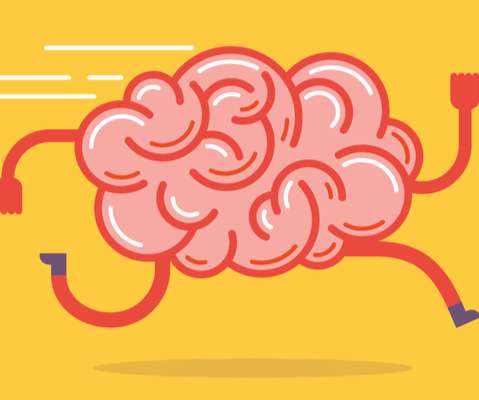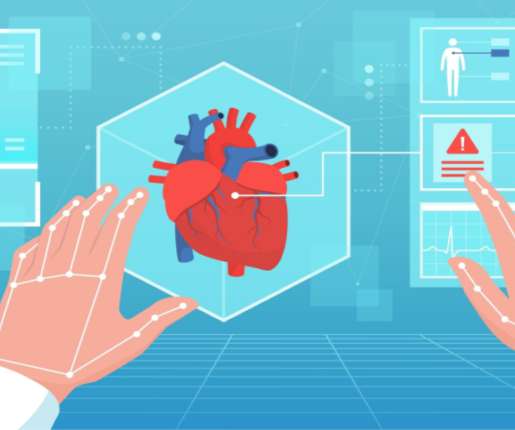4 Benefits of AI for Learners… and Teachers
KnowledgeOne
APRIL 3, 2024
This is the case, for example, with the correction of objective answers in exams, or the creation of formative tests and quizzes. Whether positive or negative, receiving feedback activates the reward system and triggers a dopamine release in the brain (Wilkinson et al., Artificial intelligence can… Save teachers’ time.
























Let's personalize your content